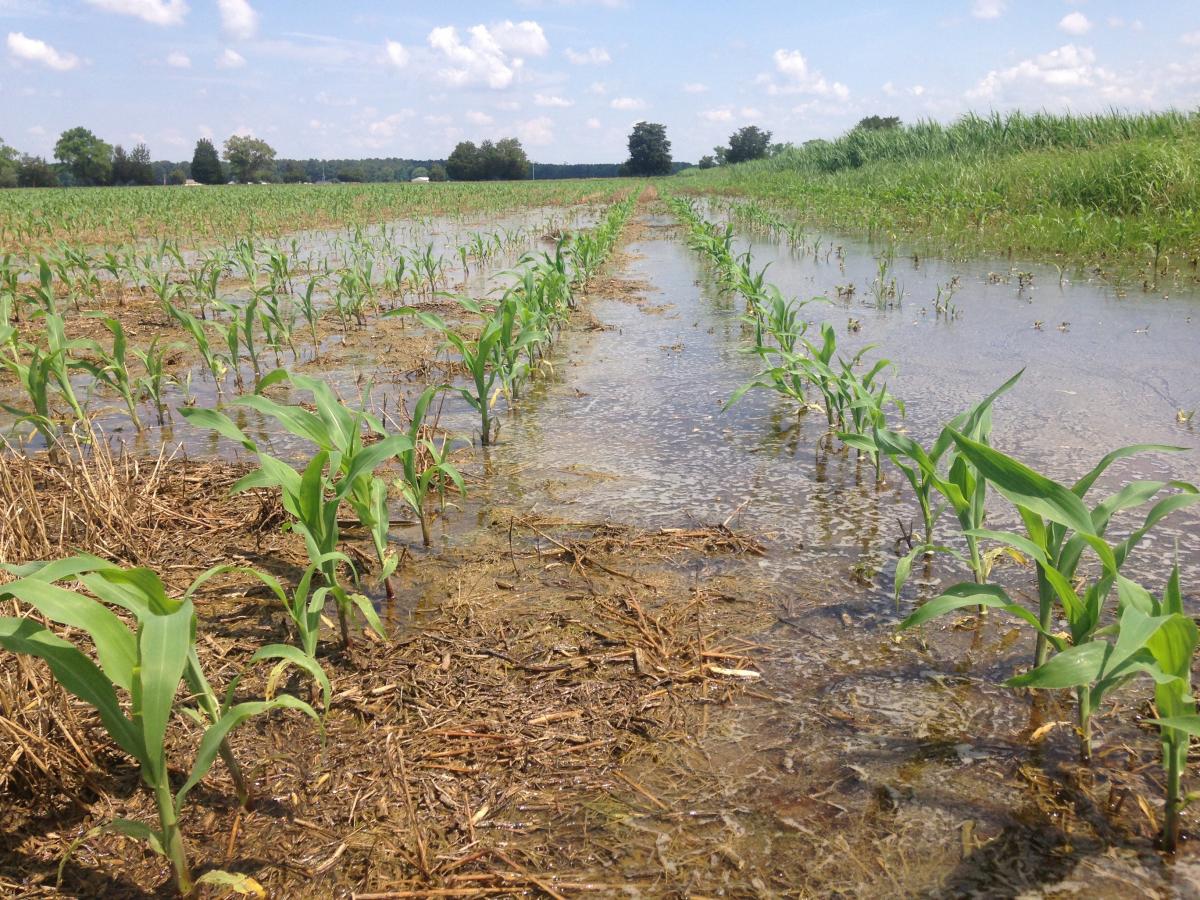
by Quinn Burkhart
Most people need to visit the ocean to get their sea water fix. But beneath their feet, those waters may already be closer than they think. “Saltwater intrusion,” which occurs when the sea level rises and pushes large amounts of saltwater onto the coast, is one of the most prominent—and least talked about—effects of climate change. Its influence on the Chesapeake Bay, one of the lowest regions in the United States, is gaining traction.
As the planet heats up, ice melts and warming water expands, leading to saltwater flooding on the coast. This causes problems for plants and animals that aren’t used to living in salty environments. It also makes it more likely that species which thrive in saltwater will begin growing upstream and upset habitats.
“Unfortunately, because of how quickly the sea levels are already rising, it’s impossible for affected plants and animals in these areas to adapt to the saltwater,” said Tom Jordan, a senior scientist at the Smithsonian Environmental Research Centerwho recently co-authored a report on the problem. “What we can do is modify our own practices in helping their growth.”
Initial climate change evidence has seemingly led us to believe that only coastal areas will be shocked by saltwater flooding. But the contents of your shopping cart could soon feel the jolt. American agriculture is especially vulnerable to saltwater intrusion from storm surges and irrigation systems, to the point where farmers consider abandoning old fields where it’s impossible to grow healthy crops. In a growing number of places, “business-as-usual” farming is off the menu.
